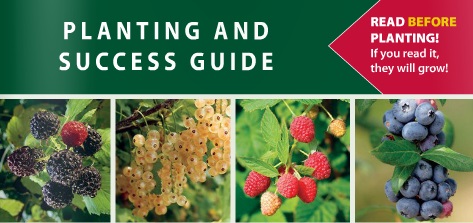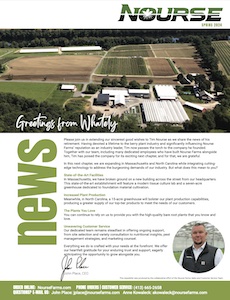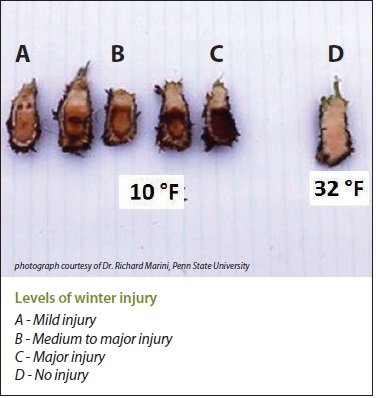Throughout the northern U.S. this winter, growers have experienced a prolonged period of much lower temperatures than we have experienced in recent years.
How cold temperatures were at your location, the amount of snow cover you may have had at the time as well as the amount of straw mulch applied, are all factors that can influence the amount of damage caused. This can range from mild injury all the way to extensive damage that is of major concern. To assess your damage, take the following steps:
• Go out now and sample your production, take plants from across the bed, outside edges to the center.
• Cut open the strawberry crown from top to bottom (vertically), rather than crosswise (horizontally) to determine the extent of damage.
• Immediately evaluate the colorization of the crown – with no winter injury the crown should have a creamy-white color.
• Injury levels:
- Mild injury would result in a brown flecking inside the cut crown.
- The deeper the brown coloration in the crown, the more damage is indicated. Plants will grow out of this medium damage condition and can produce a normal crop.
- Major or extensive damage would result the crown having a dark brown color and corky texture. This condition is the most concerning and requires careful spring management of the field.
Damage needs to be managed carefully to harvest the best crop, this includes:
• Because the conduction tissues have been impacted, the efficiency of the plant to make use of water and nutrients has been reduced. To maximize harvest, it is critical to minimize any stress to the plant.
• Growers have experienced that maintaining good moisture levels, 1-2 inches per week, through the harvest period allows the damaged tissue to absorb required moisture.
• Because the damaged tissues also reduce the ability of the plant to pull nutrients from the soil, additional nutrients can be applied by light ground application of nitrogen or foliar applications with your fungicide applications. Depending on the degree of damage, a range of 15 - 30 pounds of actual nitrogen would be effective by “spoon feeding” small amounts over several applications.
This discussion gives you the tools to immediately evaluate winter crown injury damage and some ideas of how to manage your planting that may have extensive damage. Closely monitoring moisture levels and nutrient applications through the harvest period is critical to maximize your yield from these stressed plants.
Please contact us if you have any questions.




